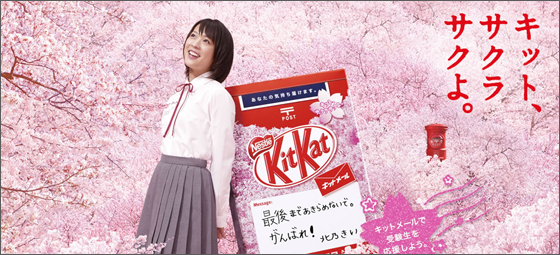What’s the importance of understanding the target market’s culture in advertising across cultures, with examples of what worked and what didn’t.

You live on earth, so it’s only safe to assume that someone somewhere must have tried to sell you something, specifically through advertising. Advertising has become quite hard to avoid as part of our daily lives, now more than ever with the technological advances of today. It’s true that people from all parts of the world are exposed to ads but not in the same way. The culture of a target market is a factor that ought to be taken into consideration when planning an advertising approach or anything related to that.
When marketers target global audiences they must mold their marketing strategy to what is suitable for each culture. Culture, according to Doole and Lowe, encompasses language, religion, aesthetics, law, education, values, and social organizations. All of which has a significant influence on how the consumers would perceive the product or service presented. A sewing machine can be considered as a tool for a hobby in one culture, but elsewhere a means for survival (Doole & Lowe, 2012). So in advertising, the product must be positioned accordingly. Ahead are examples of brands that did their research and brands that didn’t – some were splendid, and some almost ended.
First, Vimto in Ramadan is the most in demand drink in Muslim populated countries in the Middle East. It is a drink made of a combination of berries, positioned in the mind of the consumers to be the drink to break the fast. Advertisements have consistently highlighted the association of Vimto with family gatherings in Ramadan. Meanwhile, in the United Kingdom, the same product is positioned in advertisements as the drink of youth and playfulness. As in one ad, a group of teenagers is seen driving about drinking Vimto and racing off. This is a very telling example of the influence of culture on positioning, even of the same product.
Not doing sufficient research on the target culture can potentially harm the image of the brand. An example of this is the political blunder that Cadbury has committed. The company advertised its “Temptations” chocolate in a provoking manner in India. The ad highlighted the similarity between its new chocolate and Kashmir in the tagline “too good to share” on the map of said region. Kashmir being war-torn caused an uproar against the company that was later met with an apology (Doole & Lowe, 2012).

Now, Kit Kat is a brand that really took full advantage of cultural knowledge. Superstitiousness is a characteristic of the Japanese, especially noticeable in the exam season. This is also when Kit Kat always gains popularity among students due to the good luck the name signifies. Kitto Katto is the Japanese pronunciation of the brand’s name, which sounds like saying Kitto Katsu which means “will surely win” in Japanese. The brand keeps on instilling this association even in its packaging. The packaging is in the shape of a box with a writing space on the back so that students can gift each other encouragements along with an edible form of good luck.
A teeth whitening toothpaste is a product that one would assume has popularity anywhere. However, Pepsodent is a global company that learned the fallacy in that statement the hard way. They advertised their product in East Asia, unaware of the locals’ perspective on the matter of aesthetics. Commonly, these people chew betel nuts to blacken their teeth as it was their idea of attractive (Doole & Lowe, 2012). Evidently, the target market had no need for such a product, and so it ended up collecting dust on the shelves of stores. An outcome that could have been avoided in prior market research.
Understanding the people targeted is essential in achieving marketing objectives. Learning about the culture certainly helps not only to reach people but to avoid offending them. Otherwise, the brand risks marring its image with unwanted associations. Apple and Coca-Cola, for instance, are two of many brands that dominate the global market, indicating that consumers’ needs merged and are the same everywhere. And so one can argue that social and cultural differences are becoming less of a barrier. However, globalization of brands must not be confused with the homogenization of cultures. What works for one country might not for the other, and sufficient research is always necessary to better understand the culture of the target market.
References:
- Doole, Isobel, and Lowe (2012). “International Marketing Strategy: Analysis, Development and Implementation”. 6th ed. Andover, Hampshire, UK: Cengage Learning,. Print.
- http://japanese.about.com/od/namikosbloglessons/a/lesson87.htm
- http://www.brandfreak.com/2009/02/japanese-kids-break-off-a-piece-of-that-kitkat-bar-for-good-luck.html




This is very interesting! I have almost no knowledge in marketing,and this article made me learn in a very simple and straightforward way how marketing works